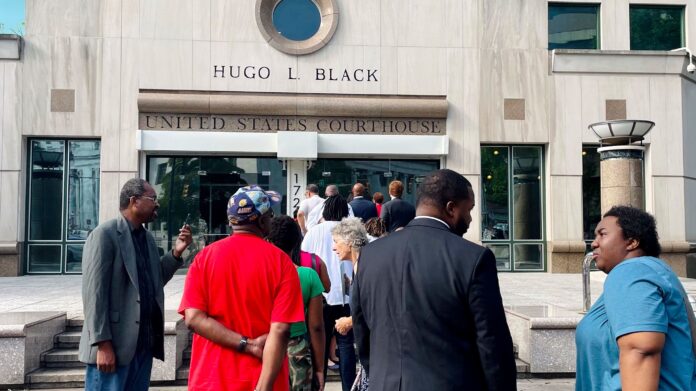
(CNN) — A federal court on Thursday approved a new congressional map in Alabama that significantly boosts the Black population of a second district and could represent a pickup opportunity for Democrats in next year’s elections.
The action by the three-judge panel – along with the outcomes of several other closely watched redistricting cases around the country – could help determine which party controls the US House of Representatives after 2024. Republicans currently have a narrow majority in the chamber.
The court’s decision to pick a map that creates a district in a southeastern swath of Alabama with a 48.7% Black voting-age population also concludes a legal saga that saw the US Supreme Court affirm a key part of the Voting Rights Act, a landmark civil rights law that has been chipped away by conservative justices in recent years.
At issue in the case: whether the map drawn by the Republican-controlled legislature improperly diluted the political power of Black Alabamians, who make up 27% of the state’s population but have represented the majority of voters in just one of the state’s seven congressional districts. The redistricting fight has drawn national attention – as a test of the potency of the nearly 60-year-old Voting Rights Act and how judges would respond to what critics called open defiance of federal court orders by state officials in Alabama.
Back in June, in a case concerning an earlier map, a divided Supreme Court affirmed a lower-court opinion ordering Alabama to include a second majority-Black district or “something quite close to it” to its seven-seat congressional map.
The 5-4 opinion was penned by Chief Justice John Roberts, who drew the votes of fellow conservative Justice Brett Kavanaugh as well as the court’s three liberal justices.
But when Alabama produced its new map in July, it came under immediate legal challenge because the state, once again, declined to create a second majority-Black district. State legislators instead simply increased the Black percentage to roughly 40% in one of Alabama’s majority-White districts.
The same three-judge panel, which had overseen the case before it reached the Supreme Court the first time, wrote that it was “disturbed” by Alabama’s actions in the case and invalidated the map.
Late last month, the US Supreme Court rebuffed the second effort by Alabama state officials to draw a map without a second Black-majority district.
This story has been updated with additional reporting.


